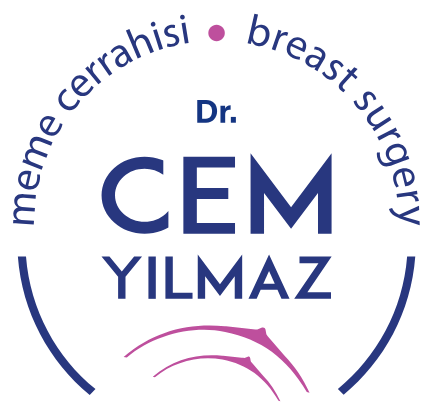Saturday: 08:00 - 14:00
Filloid Tümör (Sistosarkoma Filloides)
They constitute less than 1 percent of all breast tumors. The majority are benign tumors (such as fibroadenomas). They can grow very rapidly, and rarely, malignant forms can be encountered. On examination, they appear as a firm, mobile mass.
They can be clinically confused with giant fibroadenomas. Pathologically, giant fibroadenomas are distinguished clinically by their recurrence and spread to other organs. It is extremely difficult to distinguish fibroadenomas from phyllodes tumors on ultrasound, mammography, or magnetic resonance imaging. A definitive distinction is made by surgically removing the entire mass and by pathological examination.
The primary treatment for phyllodes is surgical removal of the mass. For benign tumors, removal of a small amount of surrounding normal breast tissue is sufficient for treatment.
Following breast removal, a prosthesis can be placed during the same plastic surgery session. Phyllodes tumors do not spread to the axillary lymph nodes, so no intervention is performed on the axillary lymph nodes. Local recurrences frequently occur in the breast.
Overall 5-year survival rates are 91 percent for benign phyllodes and 82 percent for malignant phyllodes. Treatment for benign phyllodes is surgical. Only some malignant cases (high-risk cases) may be treated with chest wall radiation and chemotherapy.


